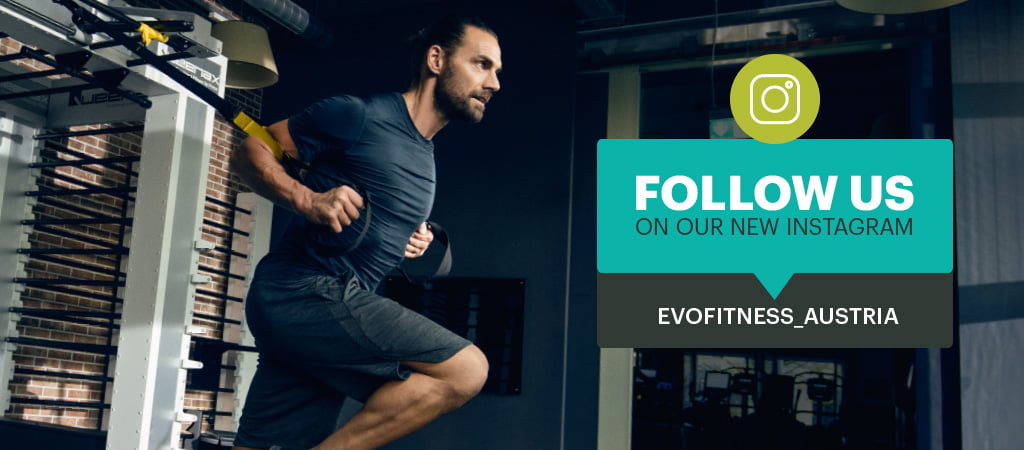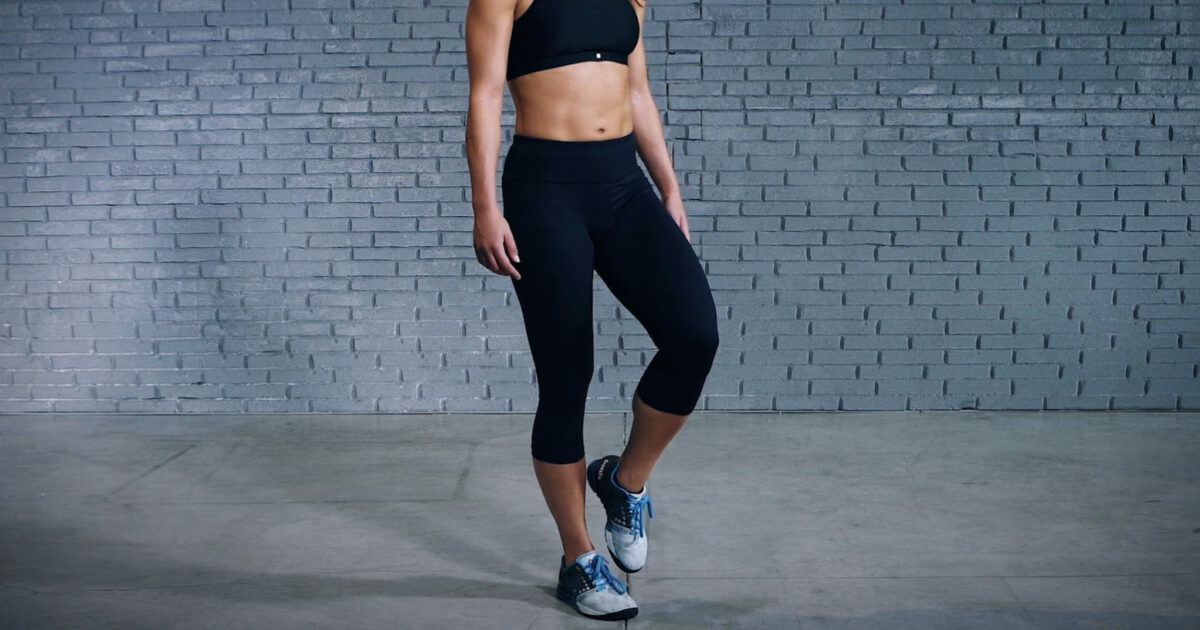The single-leg balance is a hugely beneficial and often overlooked exercise to develop balance. Here is how you should perform this exercise and why the single-leg balance can help you improve stability and control.
WHAT
- The single-leg balance is a hugely beneficial and often overlooked exercise to develop standing balance.
- It is commonly seen as part of injury prevention and rehabilitation programs for the lower body. However, some several variations and progressions are significantly more challenging and sport-specific.
HOW
- Stand tall with feet together. Set the shoulders back and engage the core to maintain good posture. You can take your arms out to the side slightly for balance (if you feel unsteady).
- Lift one foot off the ground, bending the knee slightly. Don’t lift the leg too high – instead just let it hover slightly above the ground. Try to maintain an upright posture. It’s OK to wobble slightly but use your hands to balance if needed.
- Hold for the desired time. Rest and repeat with the other leg.

WHY
- Learning to balance is one of our earliest skills as children, and we learned to do this in bare feet, which provided a unique learning opportunity. Balancing on one leg starts at the ground, and to take advantage of this, practice the movement in bare feet (where possible).
- Right balance (and movement) requires a stable foot, mobile ankle, stable knee and mobile hips – all of which need to work in harmony to stay balanced. Modern living habits have resulted in weak feet (from poor footwear), stiff ankles and stiff hips (sedentary living). Therefore when it comes to balancing, we often see excessive low back and knee movement. Healthy mobile ankles and hips are what’s needed to optimise balance, with the feet and knees providing stability. To combat this, try adding Toe-ga exercises to your program to strengthen the feet, and ensure you mobilise your ankles and hips through appropriate activities.
- When you can balance on one leg for 30 seconds, try adding variations and progressions. For example, try reaching the opposite arm or leg forwards/backwards, or reach down to the floor. You can also hold a lightweight or elastic band to challenge your reaches.
- As you begin to balance into your daily practice, you will notice the benefits – from merely feeling more stable during every day activates through to increased leg strength during your workouts.
Now that we have tested your stability with this single-leg balance tutorial, we invite you to have a look at some of our previous tutorials:
- Side lunge
- Tornado
- Core bag deadlift to row
- Reverse plank
- Squat hold
- Jumping lunge with arms overhead
- Jumping jacks
- Inverted jump
- Jumping lunge
- Explosive floor bridge
- Single-leg squat
- Reverse lunge
- Kettlebell clean and press
- Lateral hip foam roll
- Core bag clean
- Deep squat hip out
- Angled push-up
- Abdominal hollow
- Push-up on knees
- Kneeling hip flexor stretch
- Barbell deadlift row
- Dumbbell chest press




